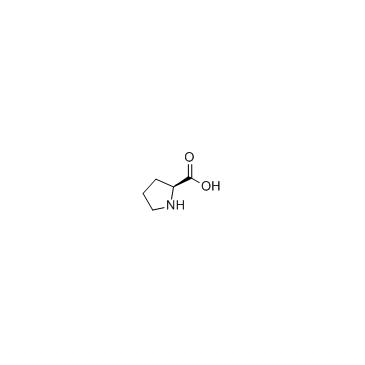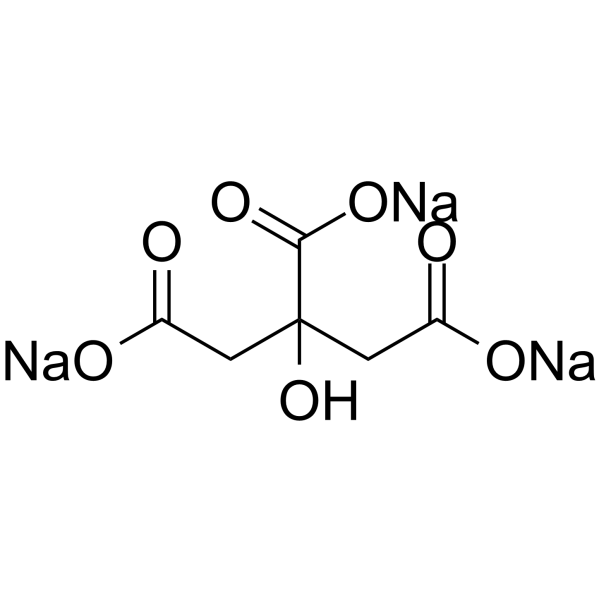| Structure | Name/CAS No. | Articles |
|---|---|---|
 |
Ethidium bromide
CAS:1239-45-8 |
|
 |
Formic Acid
CAS:64-18-6 |
|
 |
Chloroform
CAS:67-66-3 |
|
 |
Proline
CAS:147-85-3 |
|
 |
L-cysteine
CAS:52-90-4 |
|
 |
Sodium citrate
CAS:68-04-2 |
|
 |
Dexamethasone
CAS:50-02-2 |
|
 |
Ethylenediaminetetraacetic acid
CAS:60-00-4 |